
As you have probably read already, less than a year ago Puerto Rico experienced one of the worst natural disasters in recorded history (https://www.mayan-edms.com/post/hurricane-maria). The situation after hurricane Maria has been compounded by an already deficient energy infrastructure. Frequent blackouts are now a common occurrence of daily life.
Blackouts are not just annoying, but cause a series of problems impacting almost all aspects of modern life. Being a technology worker, blackouts directly impact my bottom line and my primary source of income.
After months in the dark, I took the plunge and built a small solar power system. To make use of solar energy it is very common to use a voltage inverter to boost the 12 volts DC produced by the solar panels and stored by the batteries to 120 volts AC which is what most electronic devices use. Using an inverter introduces some conversion losses in the system. In order to minimize these losses, I started converting as many devices as I could to work with 12 volts DC. This way they could be operated directly from the solar system batteries. It was time to start converting my tools of work too.
One of the systems I need for my daily work are computers and servers. I have some hosted on the cloud and others locally. Constant power outages mean a lot of the charge in my solar system batteries is being wasted keeping the servers and computers working. There had to be a better way to keep the equipment I needed running and optimize their electricity use.
Instead of a few larger computers, I decided to start scaling down the devices I used. More devices meant I could spread the services among them.
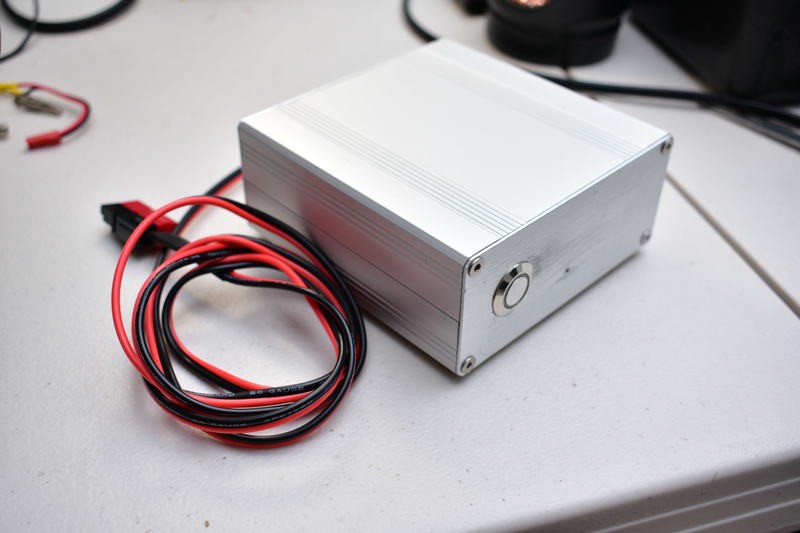
Single board computers or SBCs are all very common now with a big variety to choose from. These SBCs are usually powered by USB so they already work with DC current. One my favorite single board computers is the ODROID C2. The ODROID C2 is produced by a responsible company, it’s well documented and is very well supported. The ODROID C2 has a 64-bit quad-core ARM CPU, 2 GB of RAM, and support eMMC for storage. It is one of the most powerful SBCs in the market in its price range. With this in mind, I set out to convert some of my existing ODROID and SBCs to replace the common servers and computers I normally use.
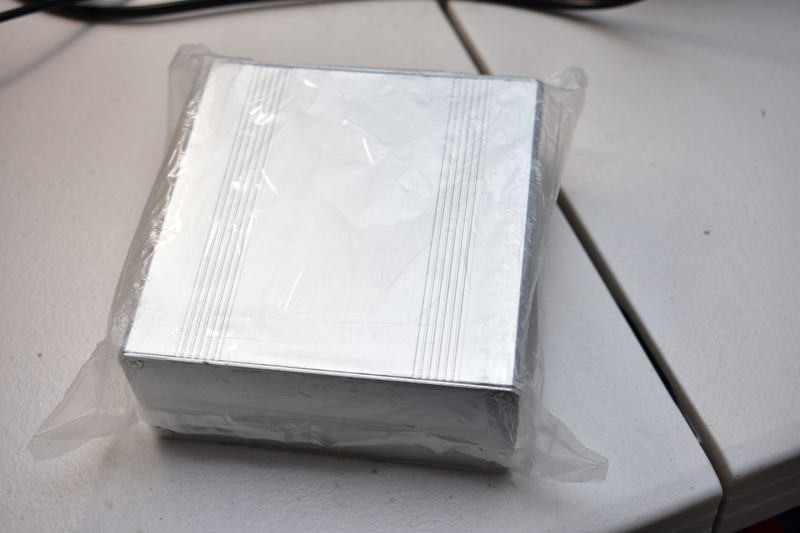
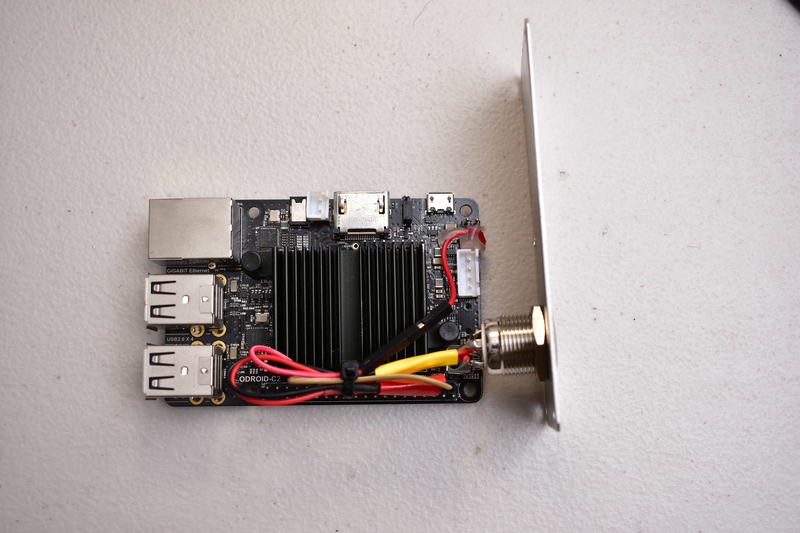
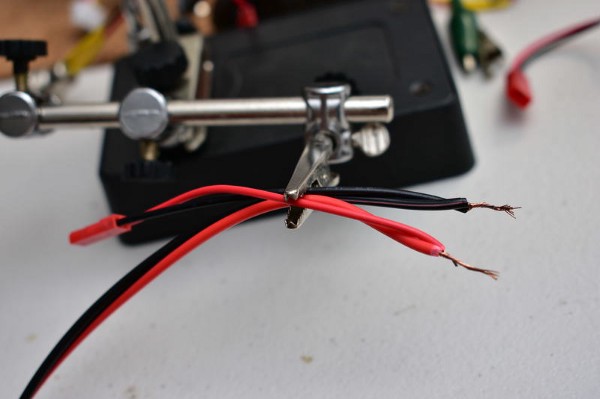
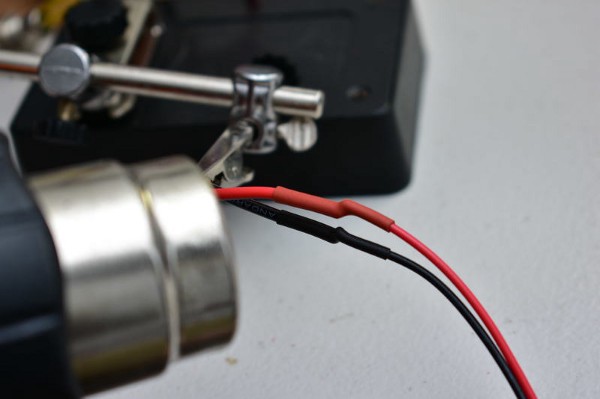
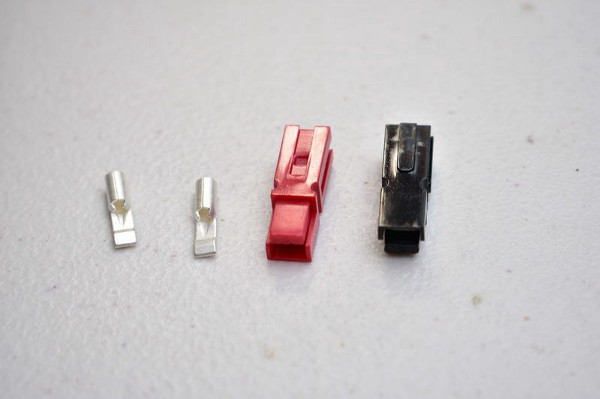
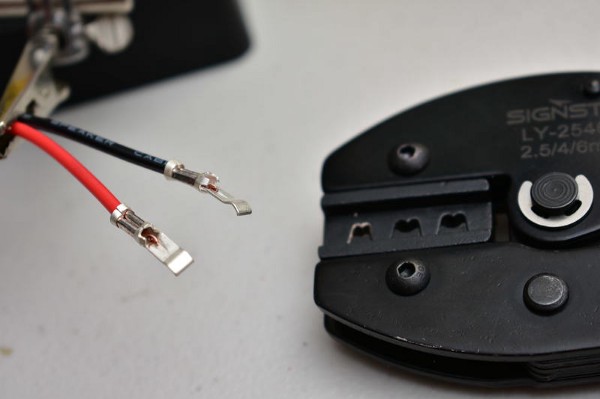
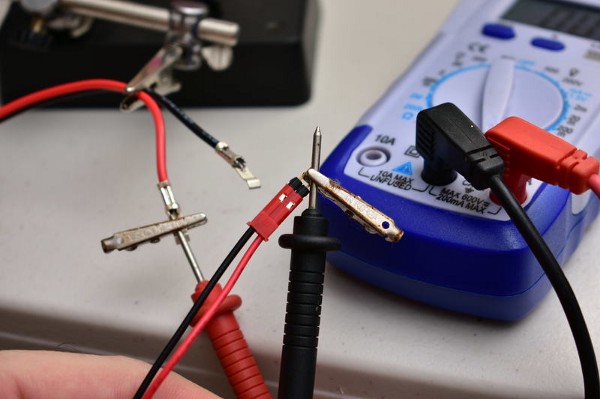
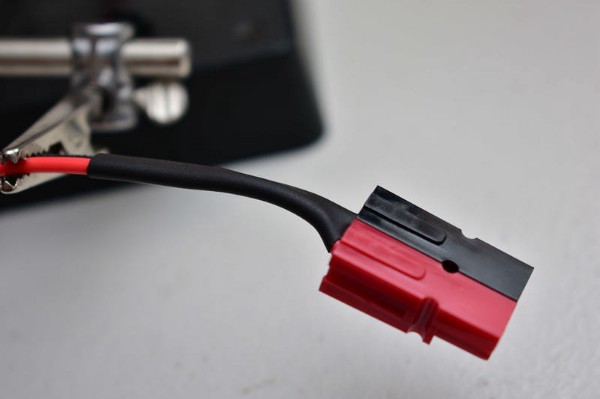
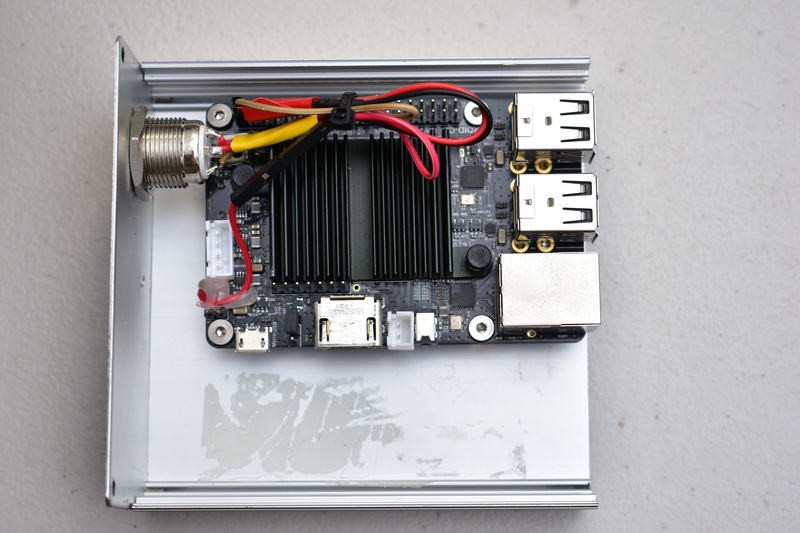
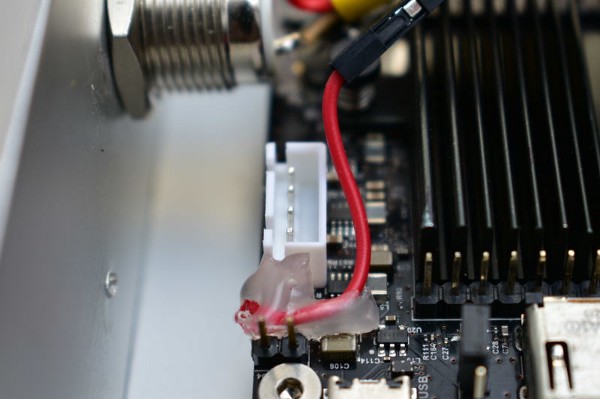
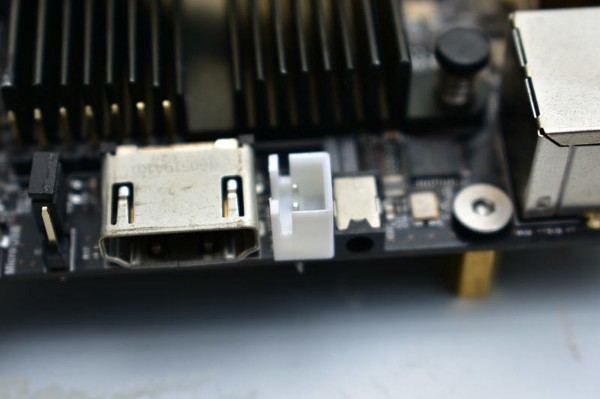
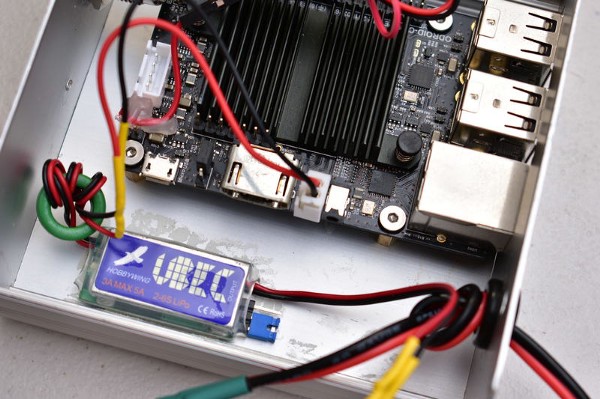
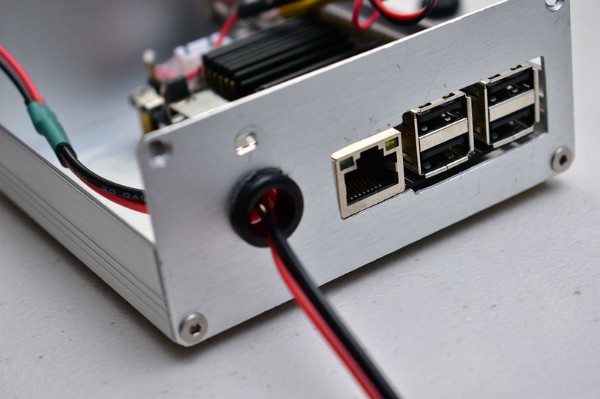
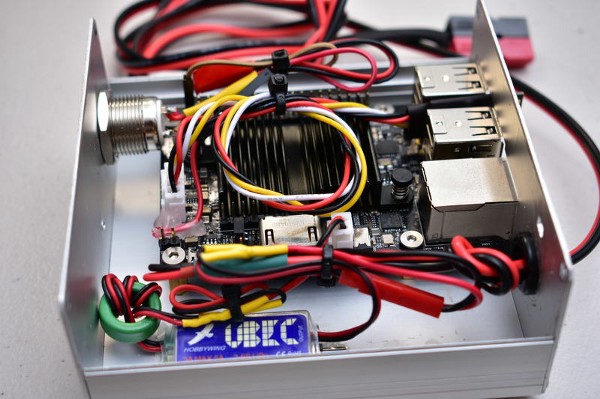
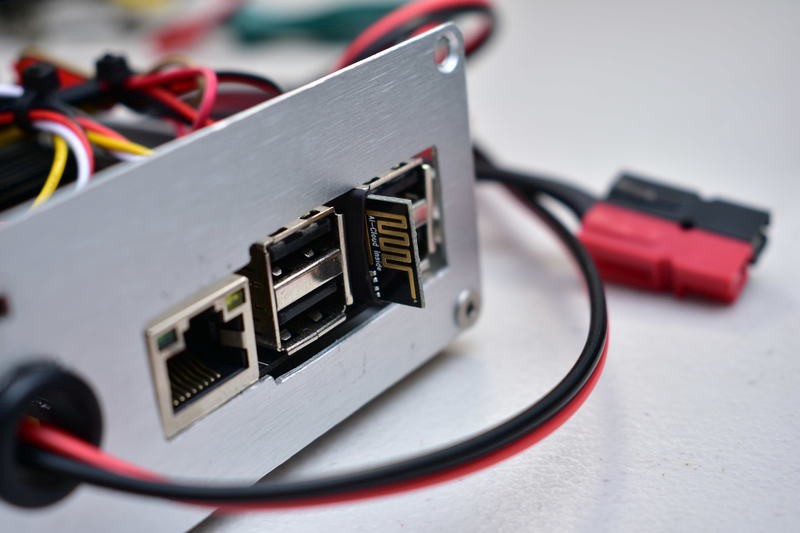
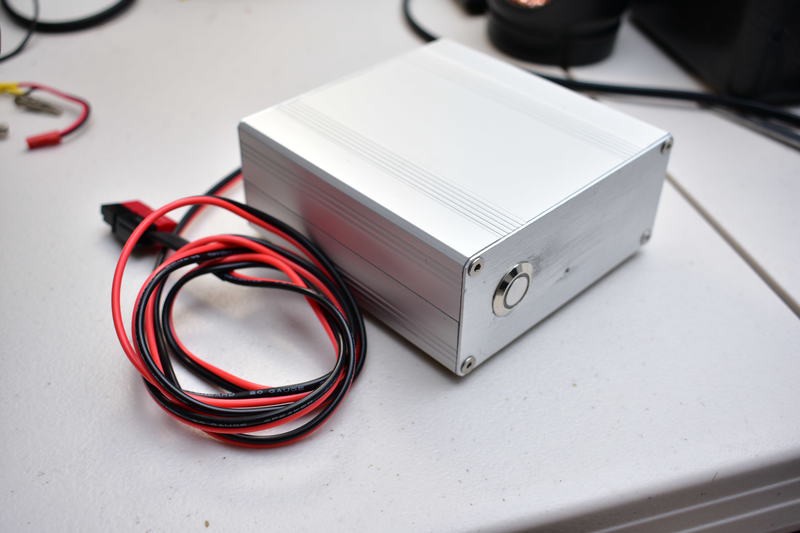
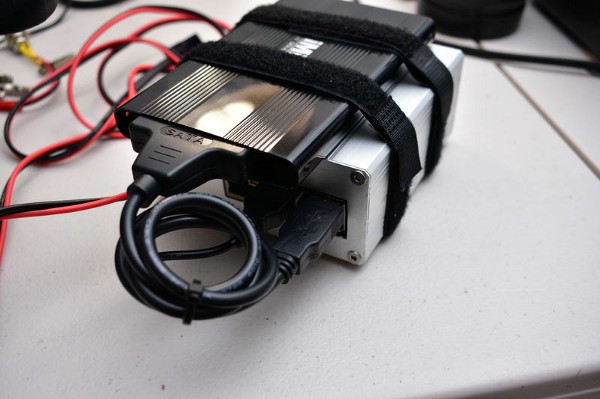
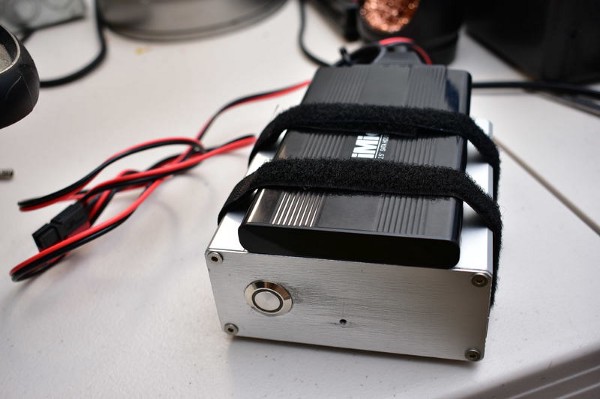
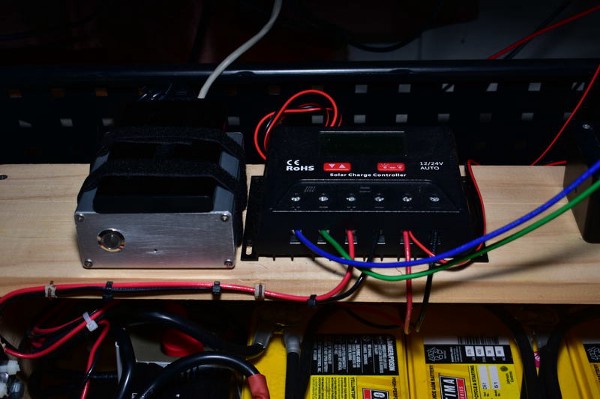
For comments, questions, and suggestions, please visit the original article at https://medium.com/@siloraptor/solar-powered-microservers-for-a-post-hurricane-maria-puerto-rico-ca83027d20ac.

Be the first to comment